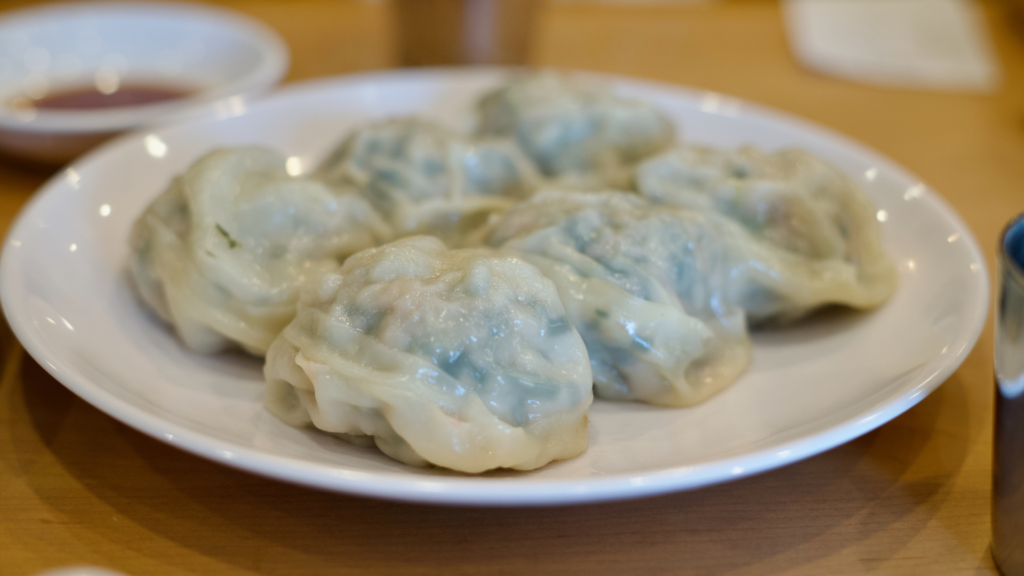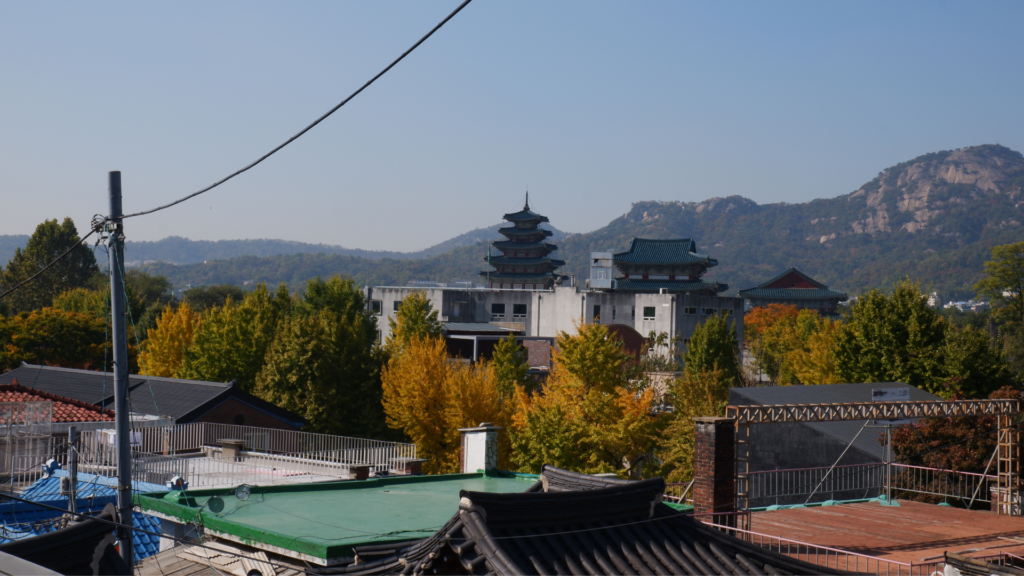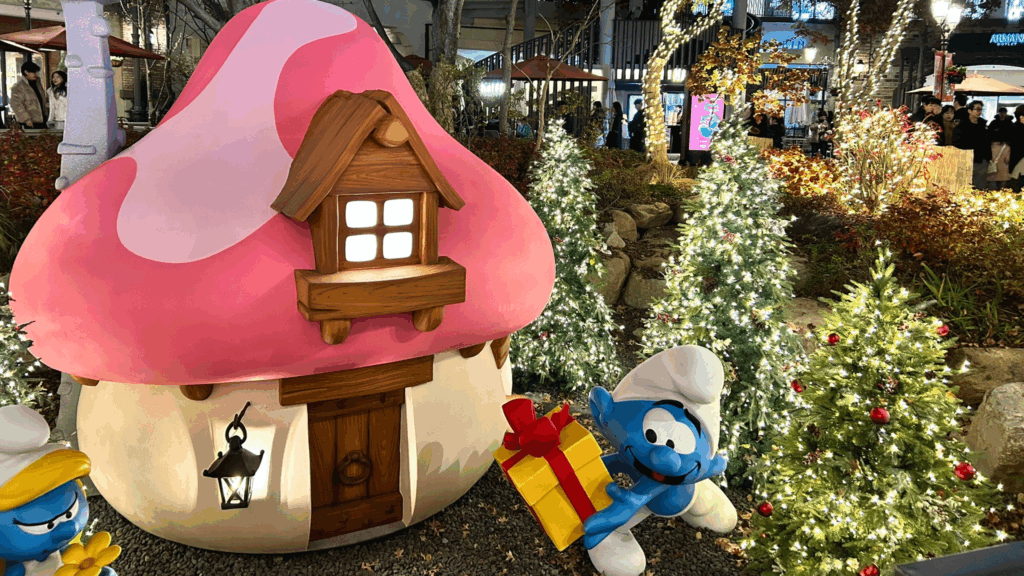Mandu (만두) is a popular dish in Korean cuisine. They are Korean dumplings, which can be enjoyed both in restaurants and at street food stalls. Let’s take a look at the most popular Korean mandu variants!
Origins of Mandu
As for their origin, they might have been introduced to Korea in ancient times by Silk Road merchants, which would explain the similarity of the name with Turkish manti and Chinese mantou. In terms of flavor, we could instead compare them to the better-known Japanese gyoza or Chinese baozi.
There are so many variations of Korean dumplings, which differ in their cooking method, shape and filling. Let’s look at them in detail.
10 variants of Korean dumplings
1. Jjin-mandu (찐만두)
One of the most representative versions is the Korean steamed dumplings. Jjin-mandu (찐만두), comes from the word 찌다 (jji-da) which means to steam. This is probably the most common type of mandu you can find in Korea and it is widely enjoyed by locals and tourists.
Jjin-mandu is typically filled with minced meat (often pork or beef) and vegetables (cabbage and spring onions), and then steamed well, giving the dish a soft and moist texture. It is best eaten dipped in soy sauce or a spicy dipping sauce. An iconic food pairing will be Jjin-mandu with cold noodles.
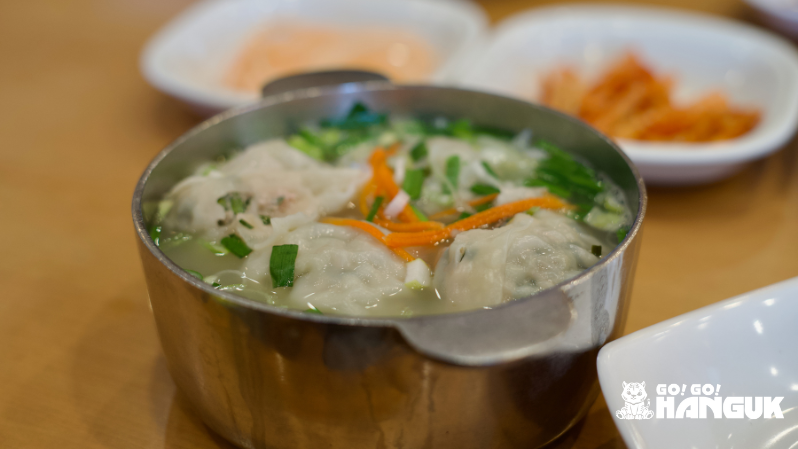
2. Mul-mandu (물만두)
Mul-mandu (물만두), comes from the word 물 (mul) which means water. A very literal translation is used to refer to Korean boiled dumplings. Similar to Jjin-mandu, it comes in meat & vegetable fillings but Mul-mandu typically has a thicker dough wrapper to prevent it from coming apart while it is cooked in boiling water.
The best way to enjoy Mul-mandu is to pair it with a dipping sauce made with soy sauce, vinegar, sesame oil, sugar, and Korean red chili flakes for added spice.
3. Gun-mandu (군만두)
Another variant of Korean dumplings is the Gun-mandu (군만두)! 군 derived from 굽다 (gupda) which actually means to grill, so Gun-mandu (군만두) are Korean dumplings cooked on the grill. With a thinner dough on the outside, it gives that crispy texture while keeping the filling inside moist and flavorful.
Just like the Mul-mandu, a special dipping sauce is served along with it and best enjoyed with a bowl of Jjajangmyeon (noodles in black bean sauce).
4. Twigim-mandu (튀김만두)
Korean fried dumplings (튀김만두) with the 튀김 deriving from 튀기다 (twigida) which refers to fry. These Korean dumplings are deep-fried in oil, achieving a crispy exterior and juicy fillings. They are found mostly at street food stalls so you can surely spot them easily.
When you order Twigim-mandu at a Pocha, don’t forget to enjoy them with Tteokbokki (Korean rice cakes) or Eomuk (fish cakes)!
In addition to the cooking method, Korean dumplings can also be distinguished by their filling. You can indeed fill them with whatever you prefer, but some fillings are more common than others.
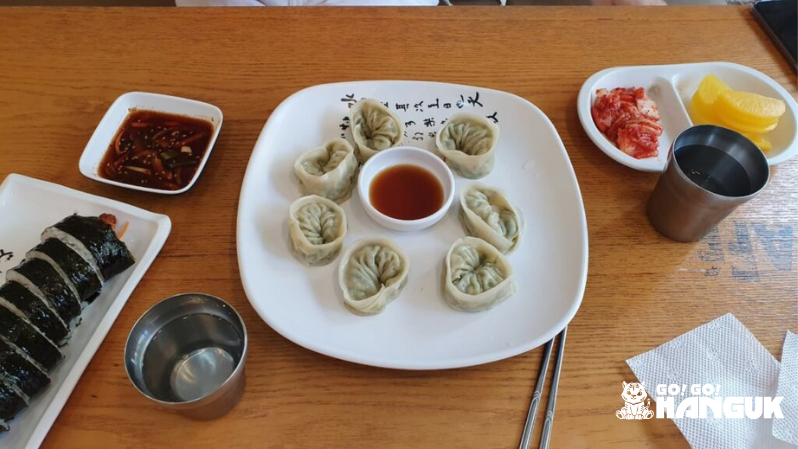
5. Gogi-mandu (고기만두)
These Korean dumplings are filled with meat (gogi), which can be either pork or beef, although pork is the most common filling as it is cheaper. Meat-filled mandu are often prepared in their king-size form, thus taking the name Wang-mandu (왕만두, from wang, King).
Wang-mandu (왕만두) is very filling due to its size so it is usually served as a main dish on its own, and normally comes in 3-4 pieces. Of course, you can still order them as a sharing dish and enjoy other dishes at the same time.
6. Kimchi-mandu (김치만두)
Filled with kimchi, the Kimchi-mandu (김치만두) is made from fermented cabbage in a spicy sauce. They are a good option for those who prefer vegetarian food. Kimchi dumplings are also popular and often appear in their king-size form. Kimchi-mandu is usually tangy, spicy, and slightly sour due to the kimchi’s presence.
Although Kimchi-mandu is commonly served by steaming, you may still find pan-fried versions at some restaurants. Due to the tangy flavor, it is best enjoyed with a hot bowl of Kalguksu (Korean knife-cut noodle soup)!
7. Eo-mandu (어만두)
A special type of Korean dumpling is one with a fish or seafood filling, usually white fish, often shaped like a crescent moon. The seafood filling is cooked before being encased in the thin dough wrappers. This gives it a light, crispy texture while maintaining the juiciness of the seafood fillings.
Did you know that in the past, it was a dish eaten mainly by the royal court and other nobles? Today, you will be able to find it easily as a snack or side dish.
8. So-mandu (소만두)
Contrary to what one might think since ‘so’ (소) means beef, they are actually vegetarian dumplings! Typical of Buddhist cuisine, they are Korean dumplings with a mushroom and walnut filling. Sadly, something less common you can find in Korea.
9. Yachae-mandu (야채만두)
Korean vegetarian dumplings are known as Yachae-mandu (야채만두)! These are another delicious meatless dish for those who can’t take spicy food as the kimchi-mandu could be a little challenging for non-spicy food lovers.
As the name suggests, Yachae-mandu only consists of vegetables, sometimes tofu and glass noodles. Despite being a meatless dish, it is well seasoned with soy sauce, sesame oil, garlic, and other seasonings to enhance its flavors.
10. Pyeonsu (편수)
Last on our list of the 10 best variants of Korean dumplings is Pyeonsu (편수). These are rectangular dumplings filled with vegetables typical of North Korean cuisine. They are mainly eaten in summer in cold broth and can be found in restaurants specialising in North Korean cuisine.
We have seen a roundup of the most popular Korean dumplings, but keep in mind that there are many other variations. They can be eaten on their own, as an accompaniment to some other dish or in soups. And you, which of these types of mandu would you like to try in Korea? Let us know in the comments!
For more on Korean culture, keep following the Go! Go! Hanguk blog, watch our videos on TikTok and do not hesitate to contact us about living and studying in Korea.
